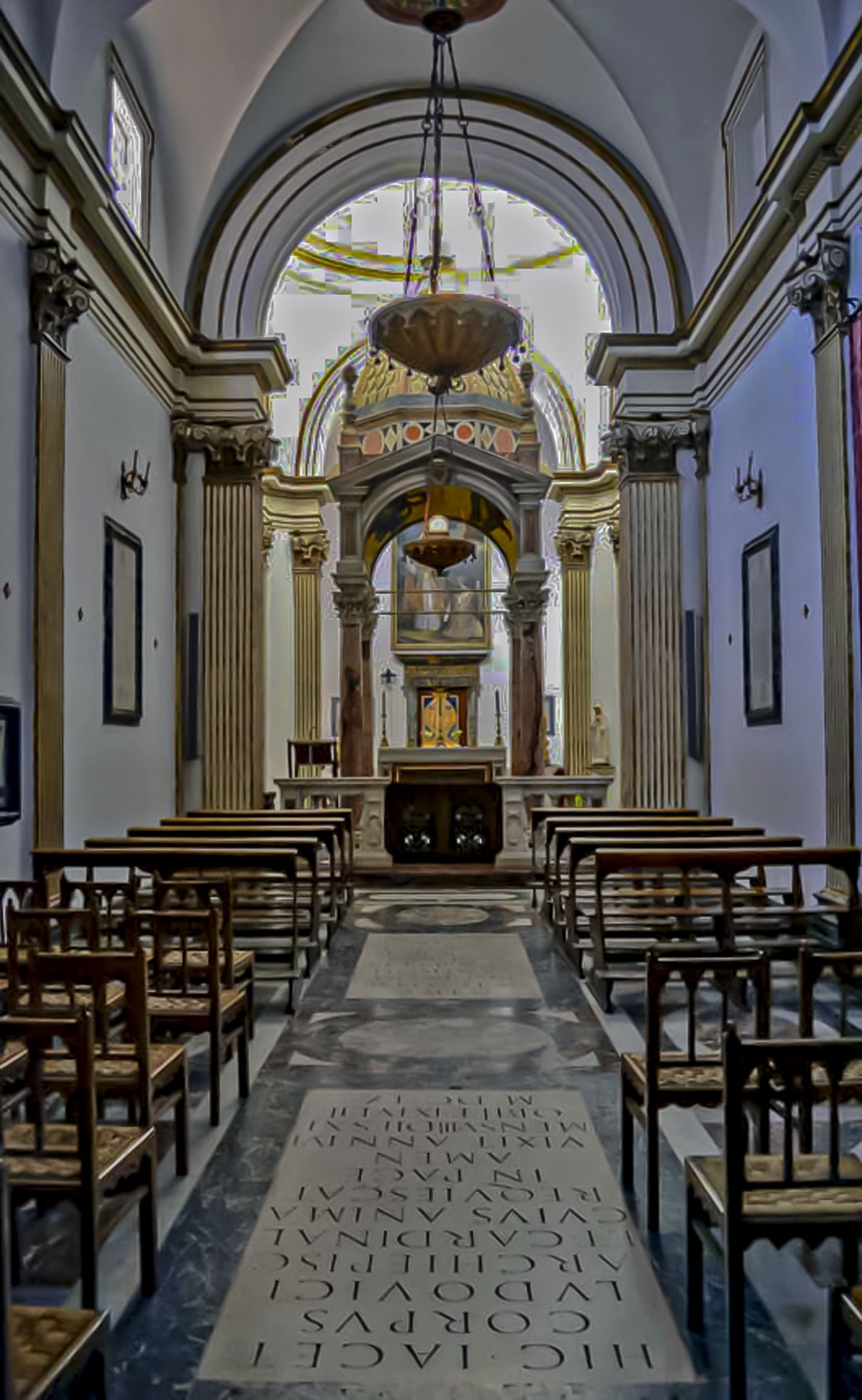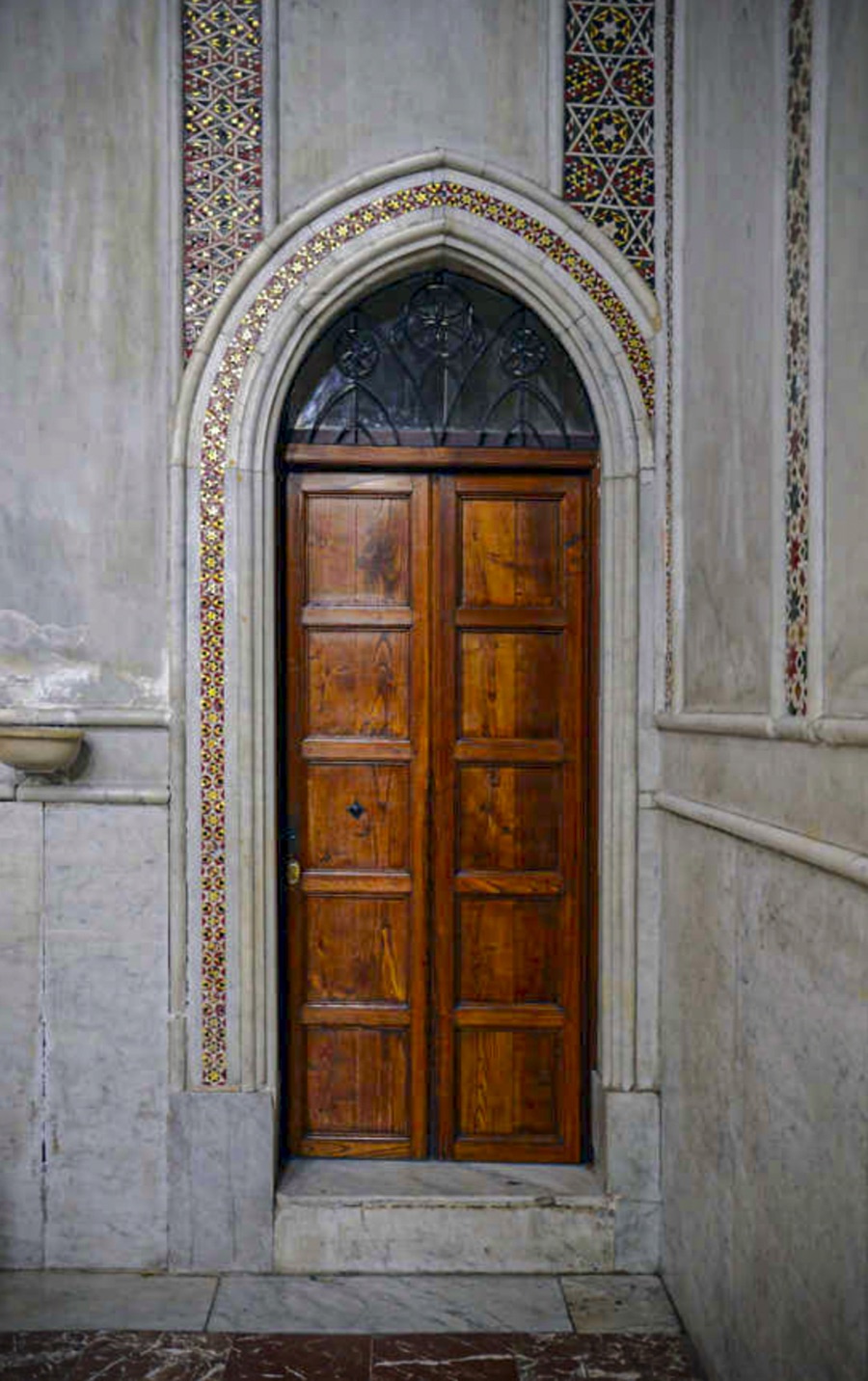The name of the person who shaped the project is still unknown, but the work of the Florentine master
Pietro Bacchiotta
and the Palermitan sculptor
Marco Antonio d'Aprile
is certain.
They embellished this oblong and rectangular space and intervened in the reconstruction of the floors of the cathedral’s
aisles
as early as 1590.

Like a precious casket enclosed between two pre-existing rooms, the chapel captures the attention of those who enter, through it’s longitudinal axis, emphasising its double function: the first, visible in the eastern wall that houses the
tomb
dedicated to the founder, the second, a
reliquary
dedicated to the homonymous saint, venerated in the
ciborium
altar
, placed longitudinally on the opposite wall, behind which is an oil painting of
Antonio Novelli
.
The attention to symmetry is also apparent in the floor decoration, adorned with
two large inscriptions
that can be read from the central oval, arranged in a specular fashion.
 The
barrel vaulted
The
barrel vaulted
ceiling
itself is not exempt from the rules of perspective, which can already be seen from the entrance, where
three oval frescoes
can be seen, two of which can be seen from the centre of the chapel, contrasting with the only one arranged transversely, reserved for the Torres coat of arms and its motto. The architecture visible today is not the original but derives from some
architectural renovations
that took place between 1946 and 1948.
From the chapel of S. Castrense, there is access to the small room containing the Chapel of the Holy Sacrament”.